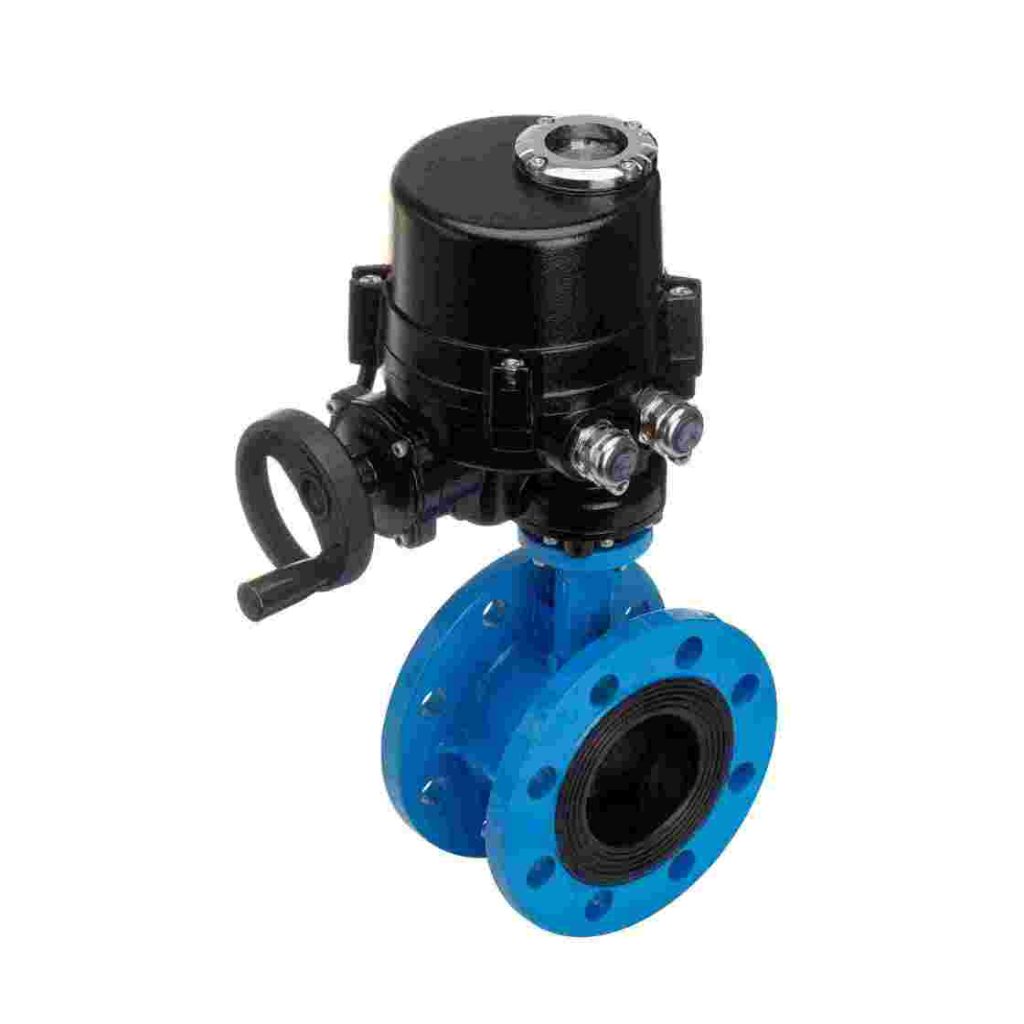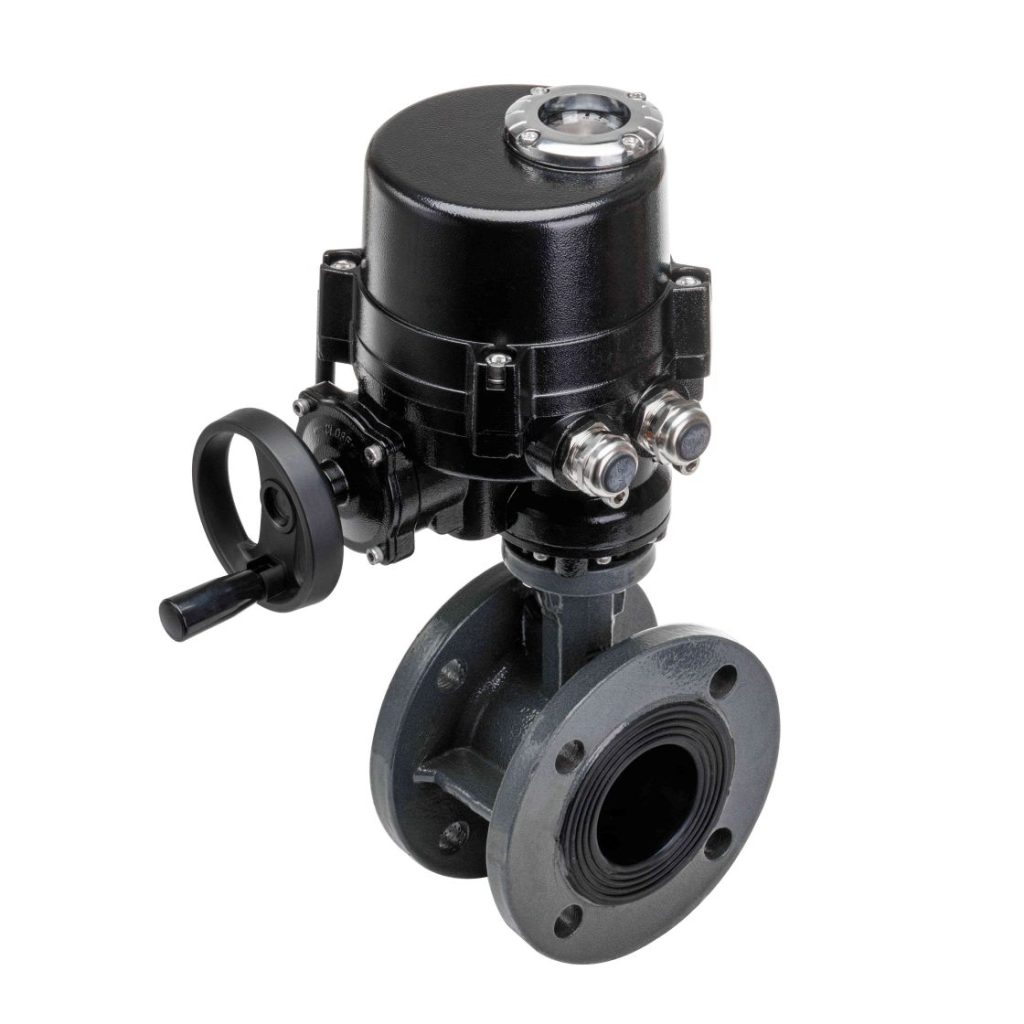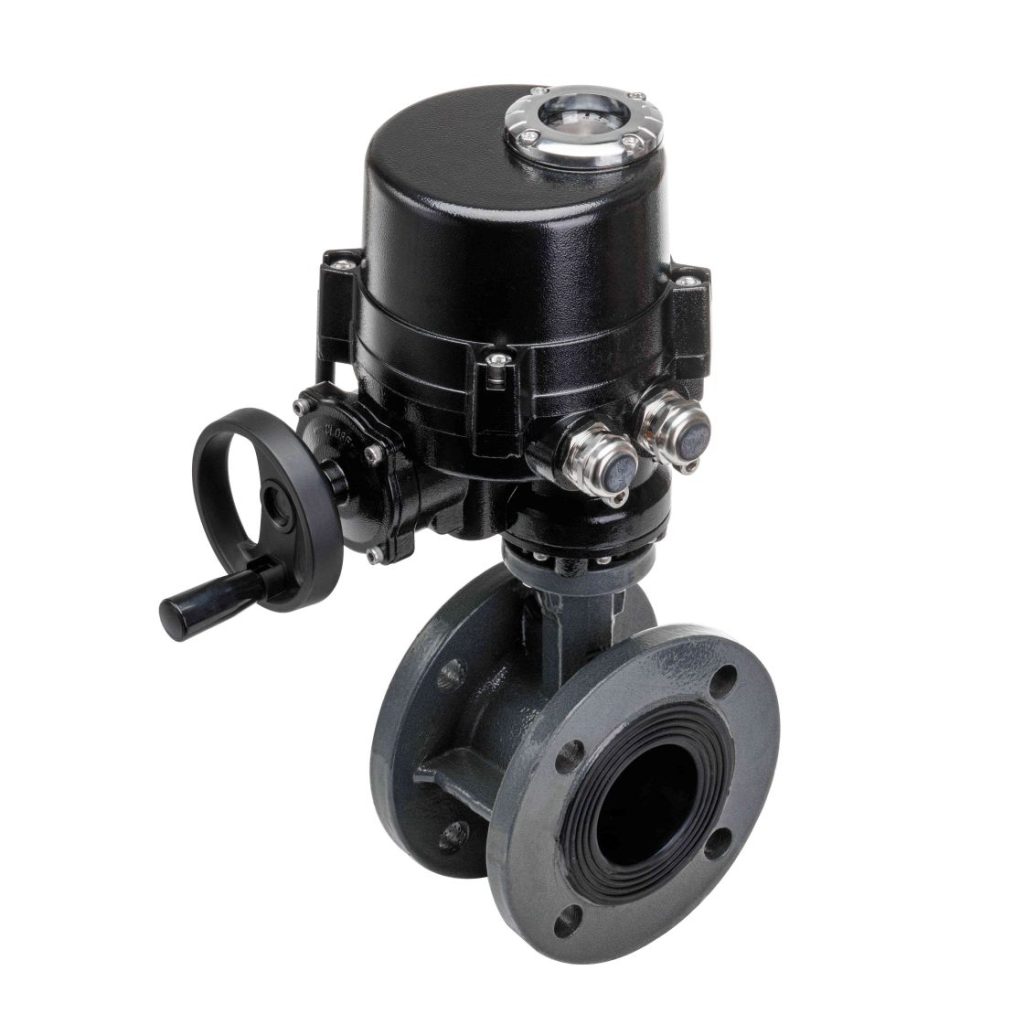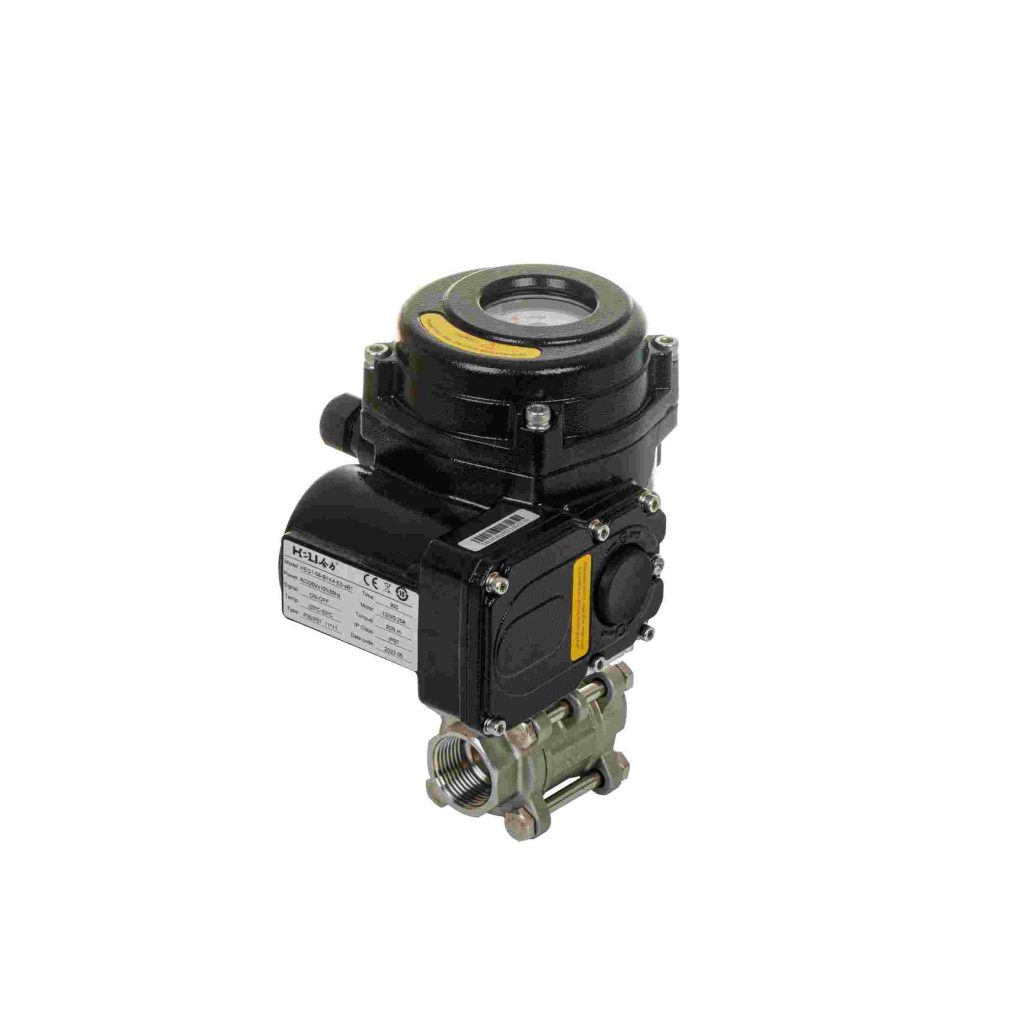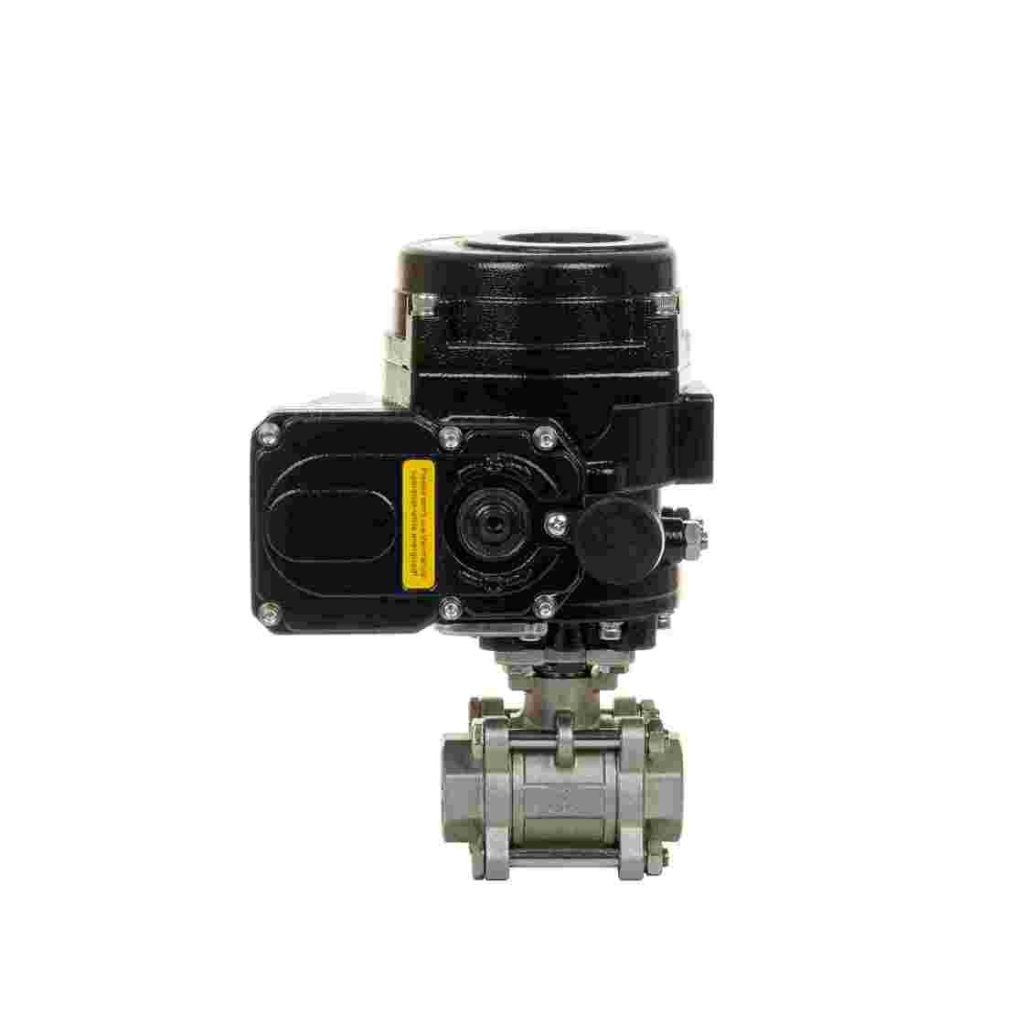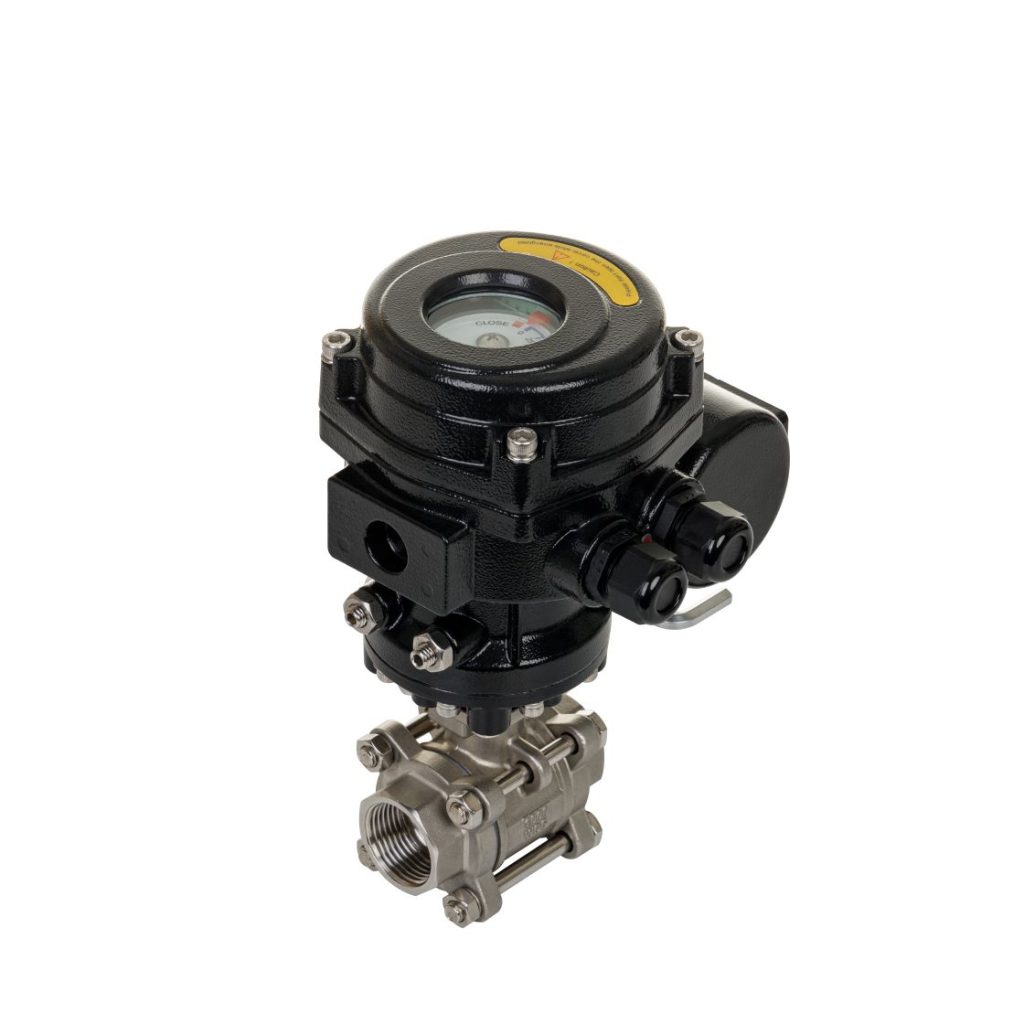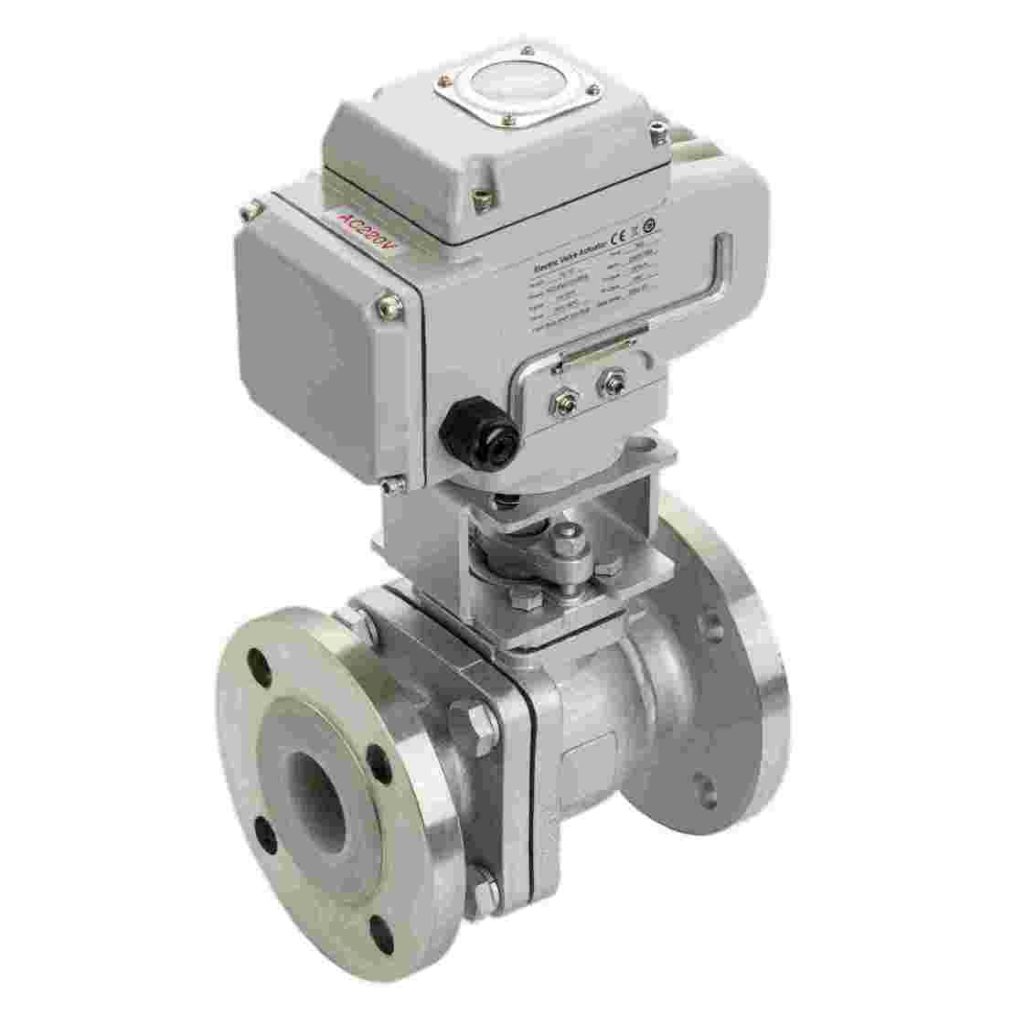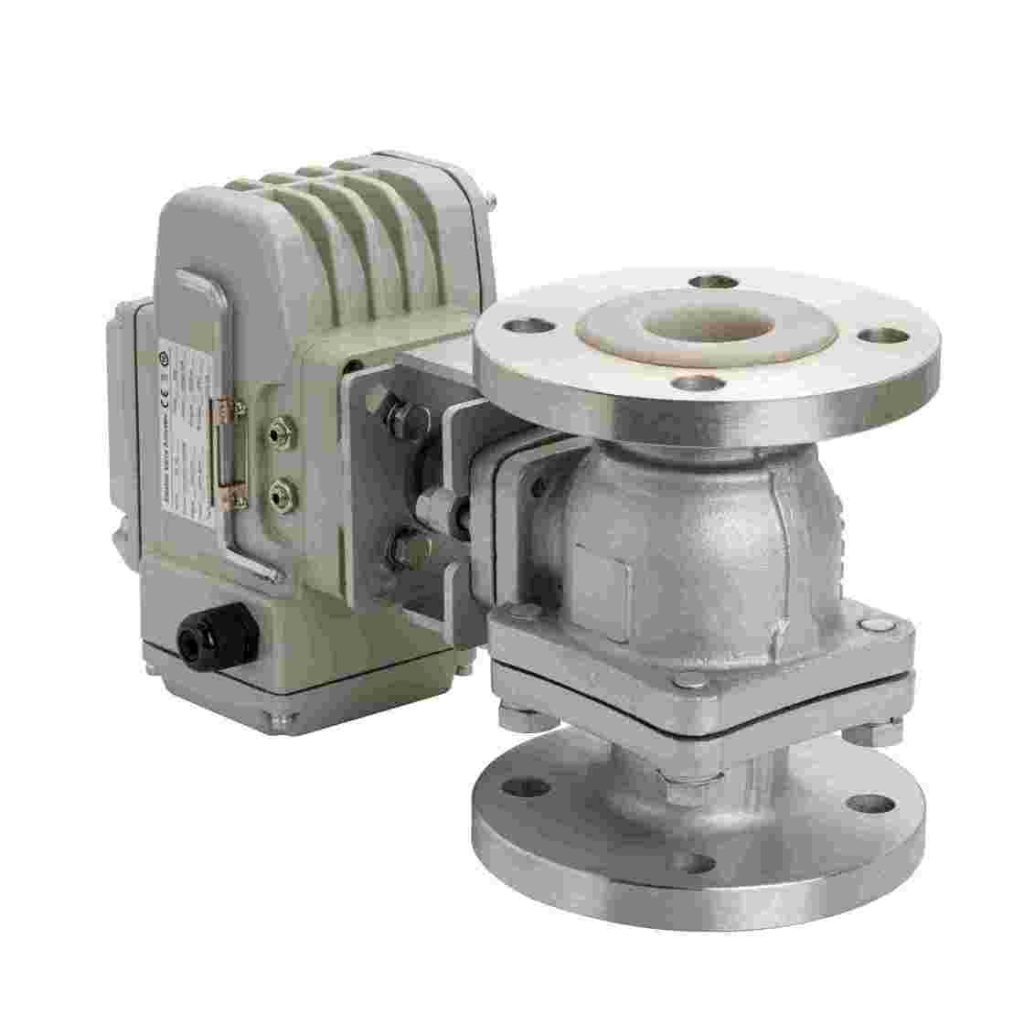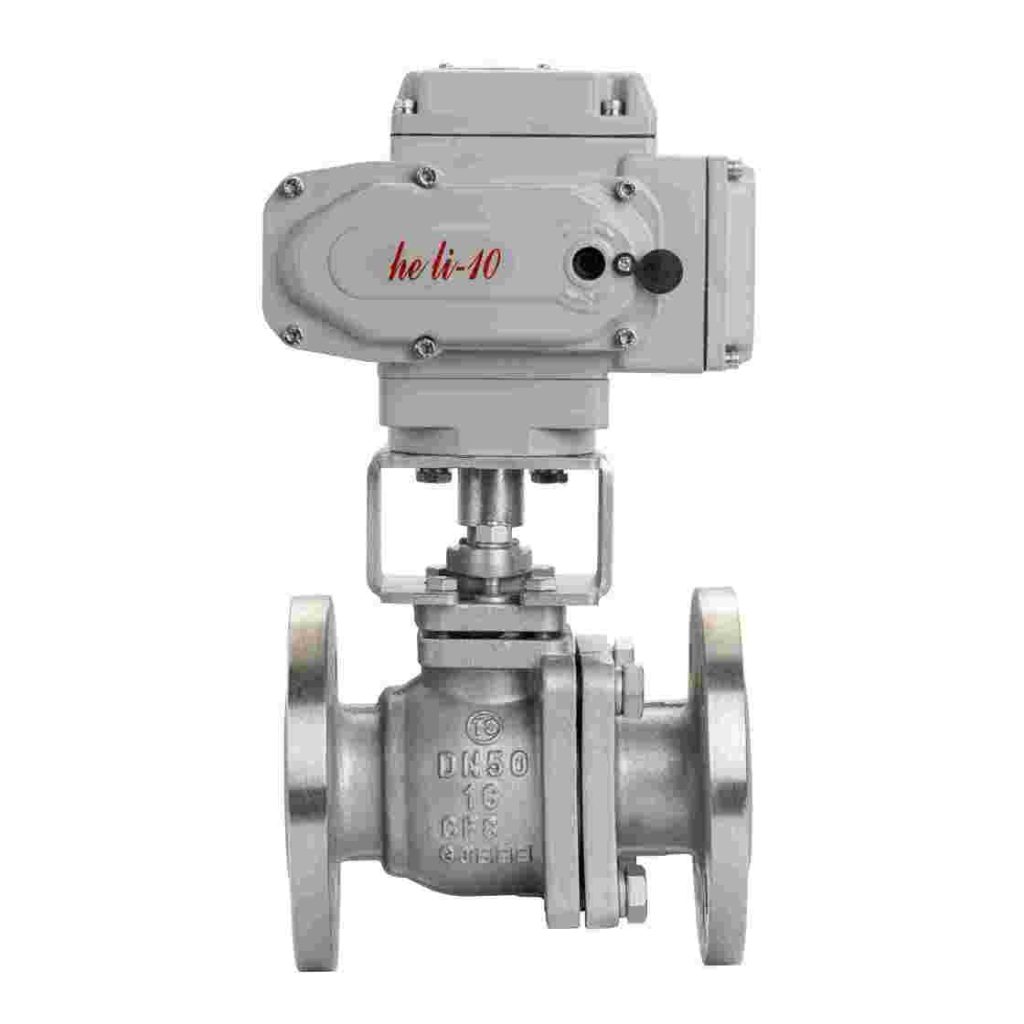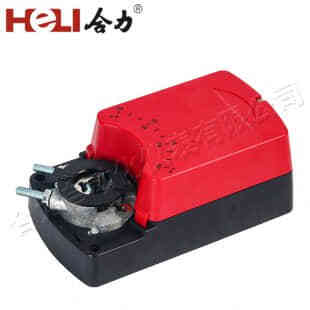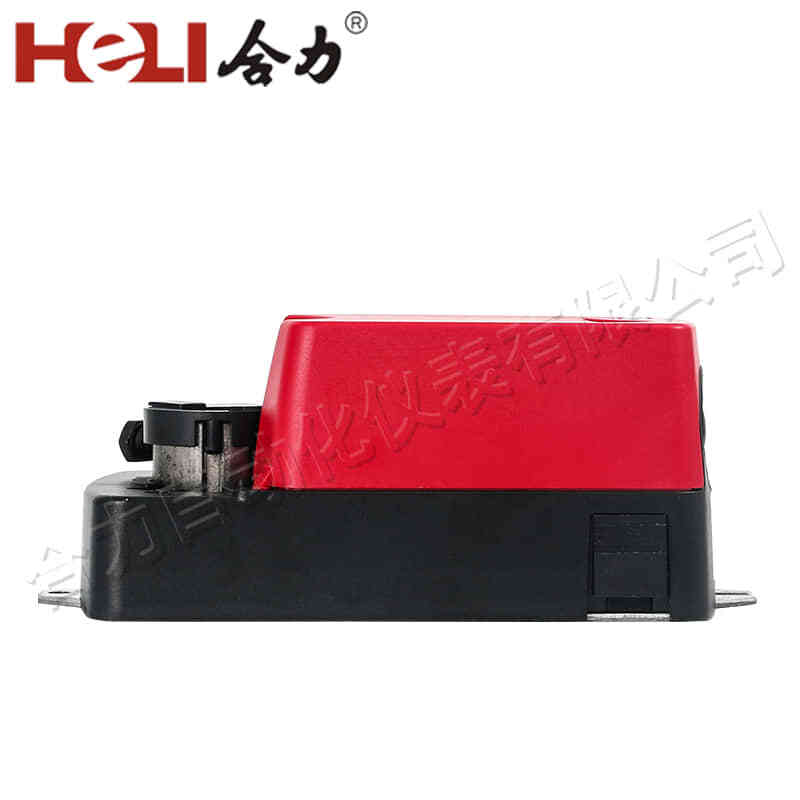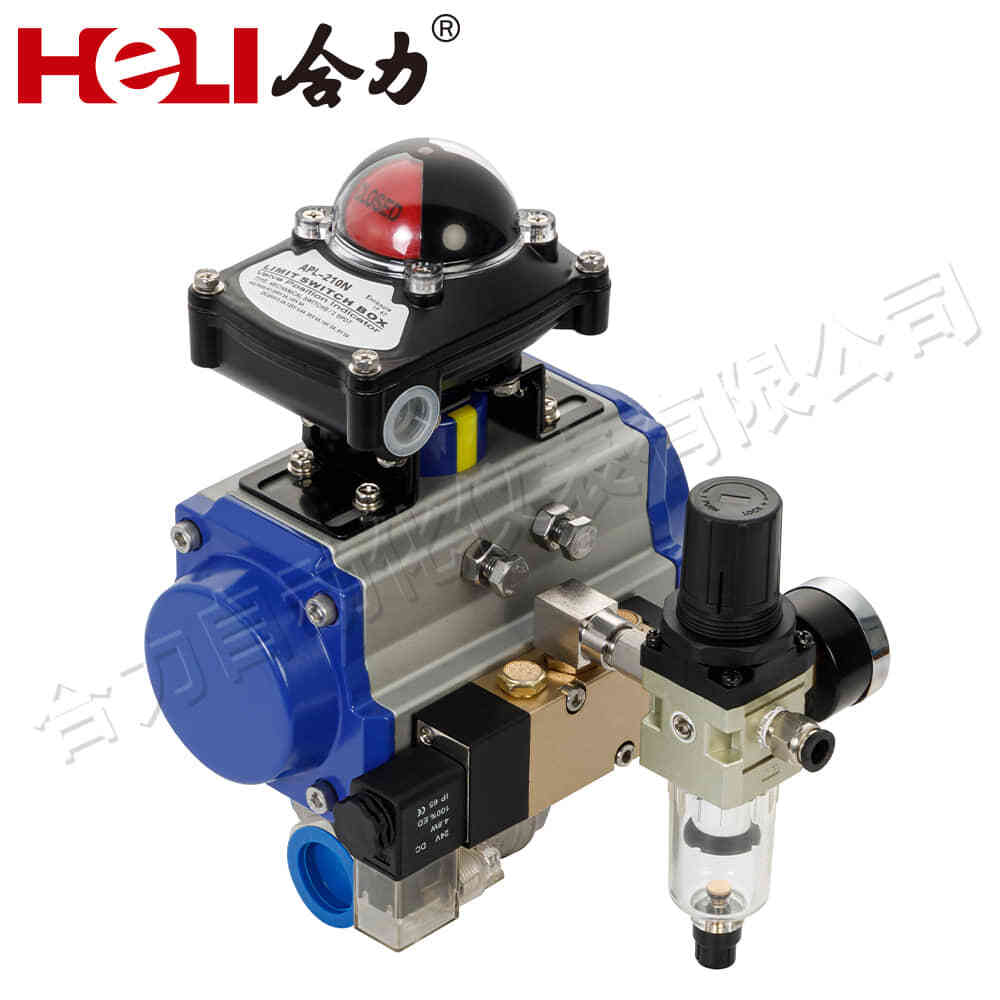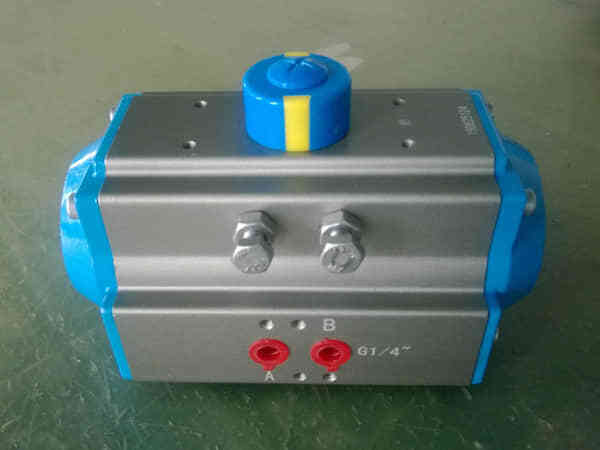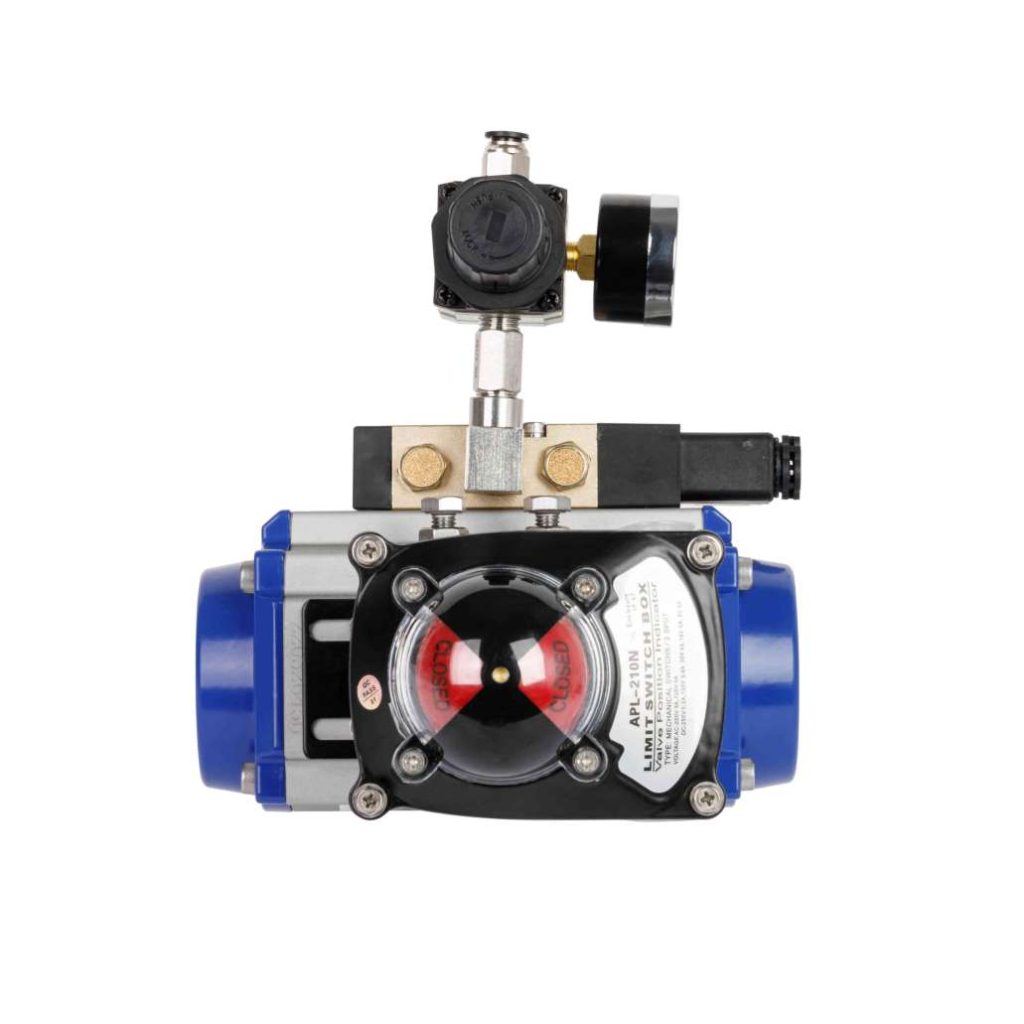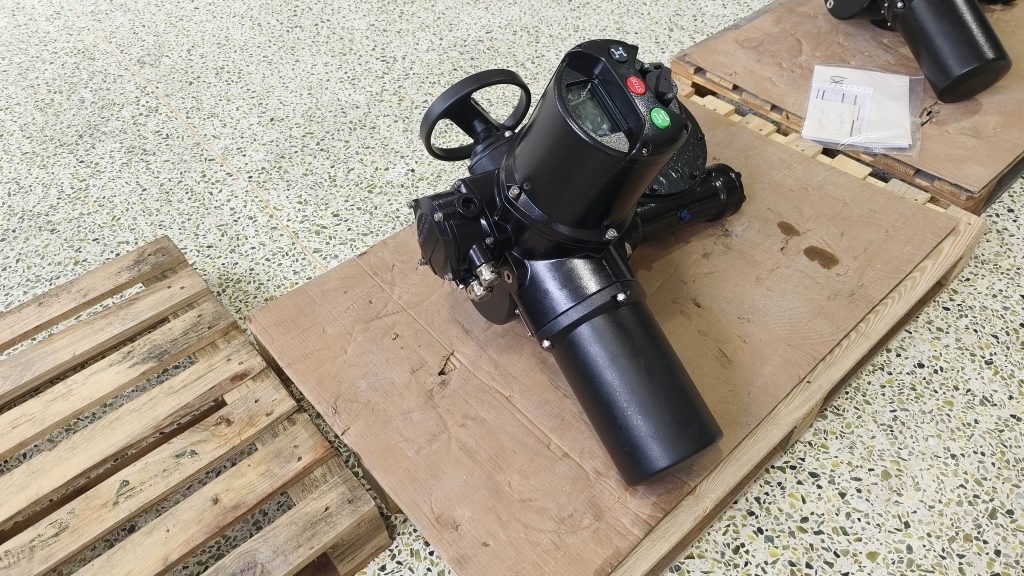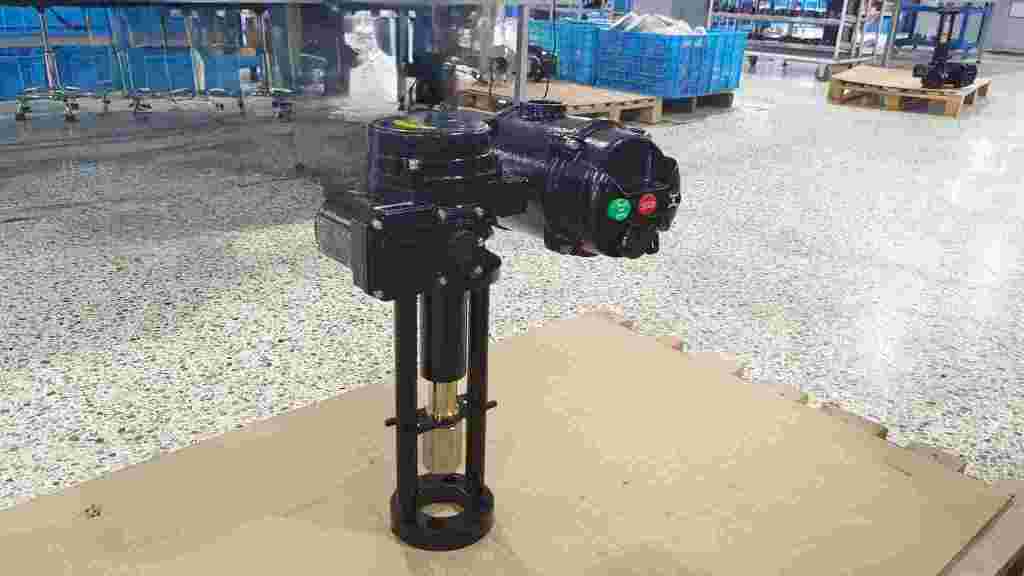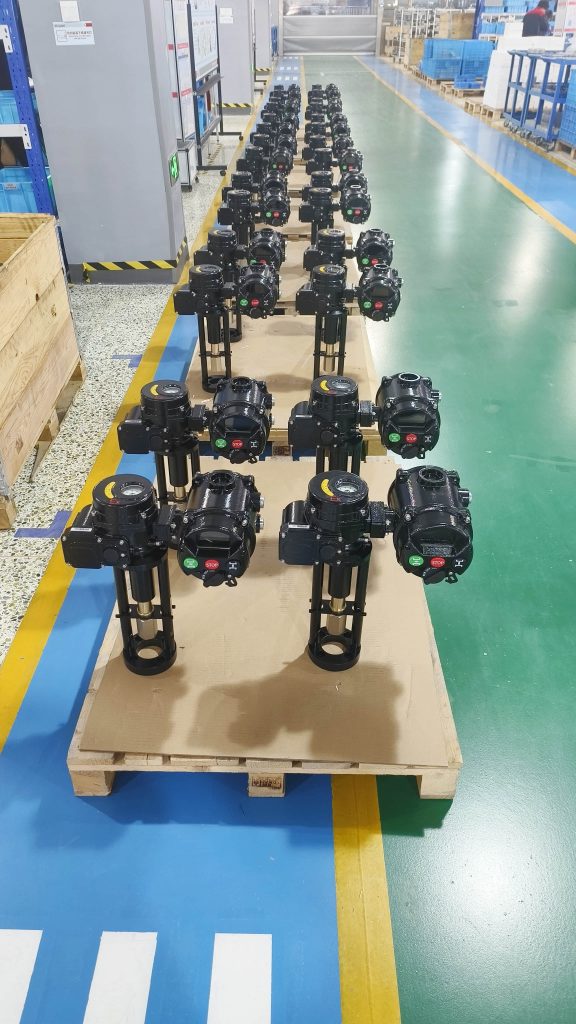China has become a global leader in the manufacturing of industrial equipment, with valve production being a key sector. Among the various types of valves, the electric flanged butterfly valve stands out due to its efficiency, versatility, and automation capabilities. In this article, we explore the features, applications, and advantages of electric flanged butterfly valves, focusing on the manufacturers based in China who have gained recognition for their high-quality products in this field.

What is an Electric Flanged Butterfly Valve?
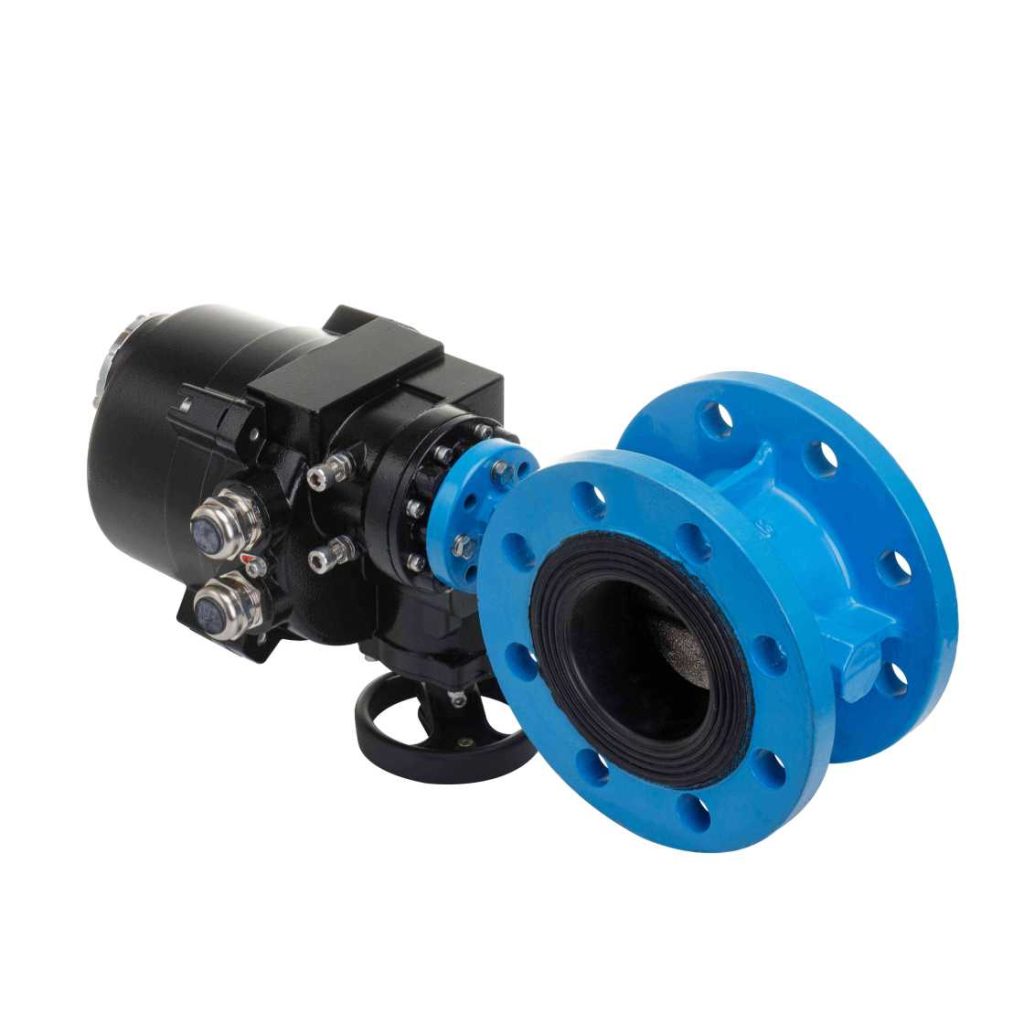
An electric flanged butterfly valve is a type of valve used to control the flow of liquids or gases in a pipeline. The “butterfly” part refers to the valve’s disc, which rotates around a central axis to either open or close the flow path. The “electric” aspect involves an electric actuator that powers the valve, allowing for remote or automatic control. The “flanged” design means the valve is equipped with flanges at both ends, making it easy to connect to a variety of piping systems. The electric actuator provides significant advantages over manual or pneumatic valve control, offering the convenience of automated operation. This makes the electric flanged butterfly valve ideal for applications that require frequent adjustments or remote control.
